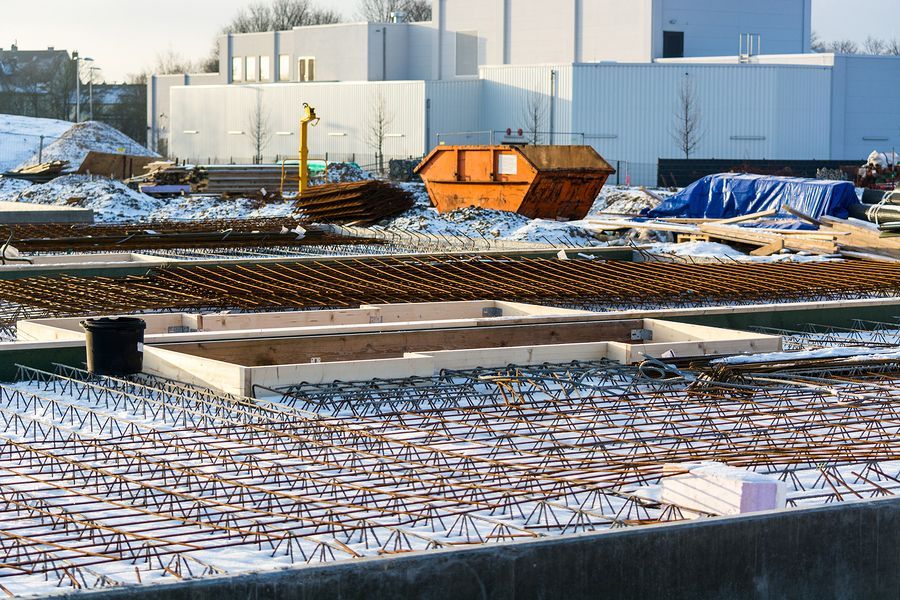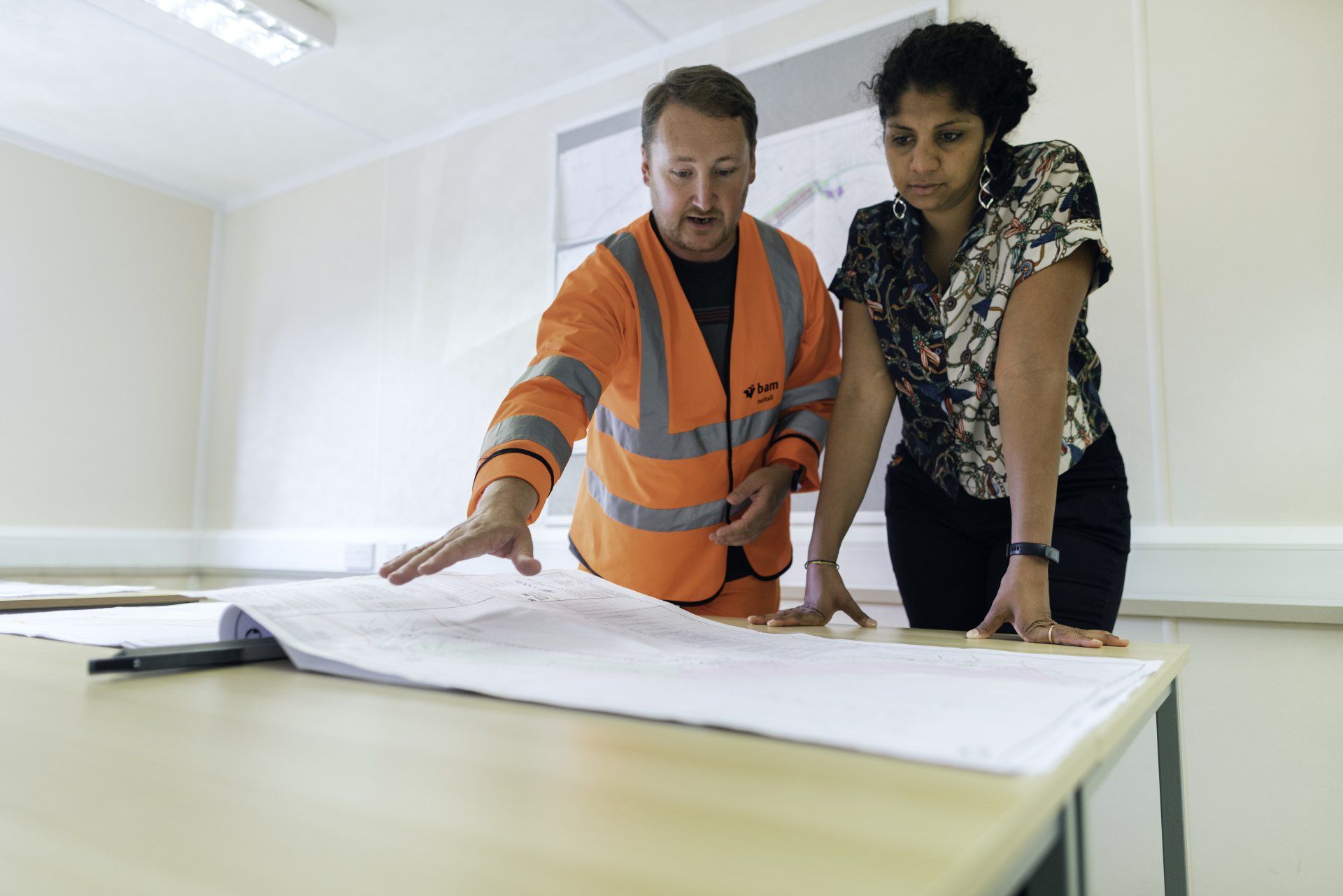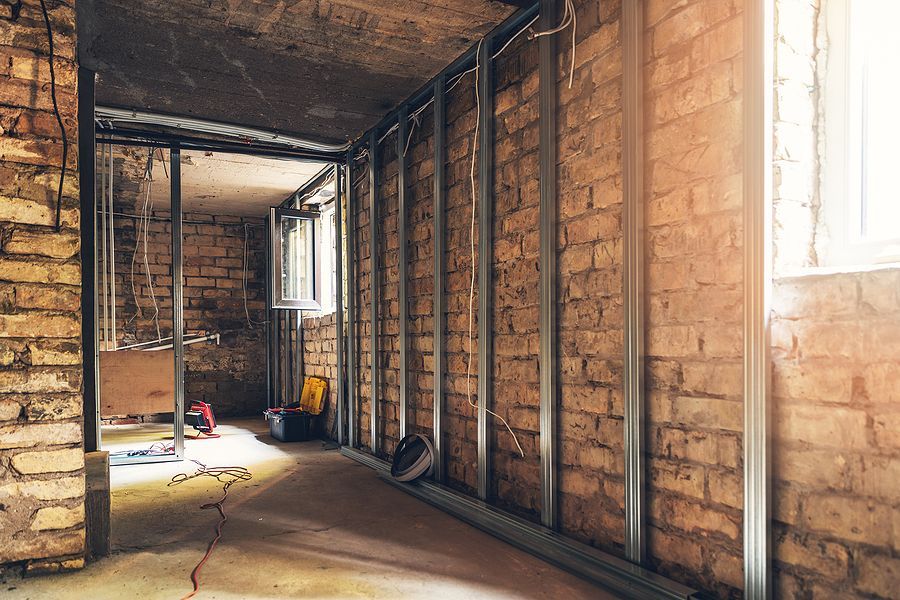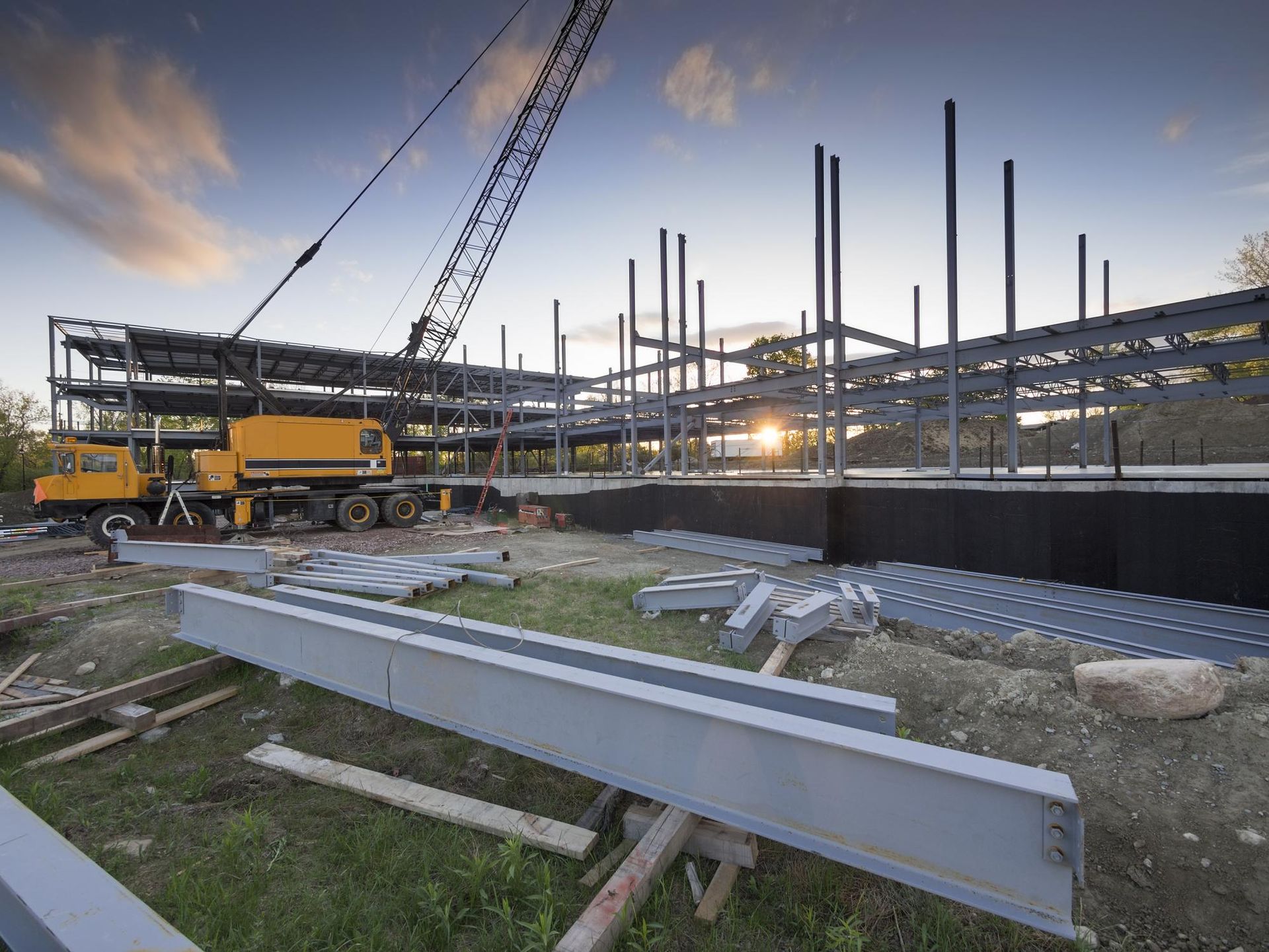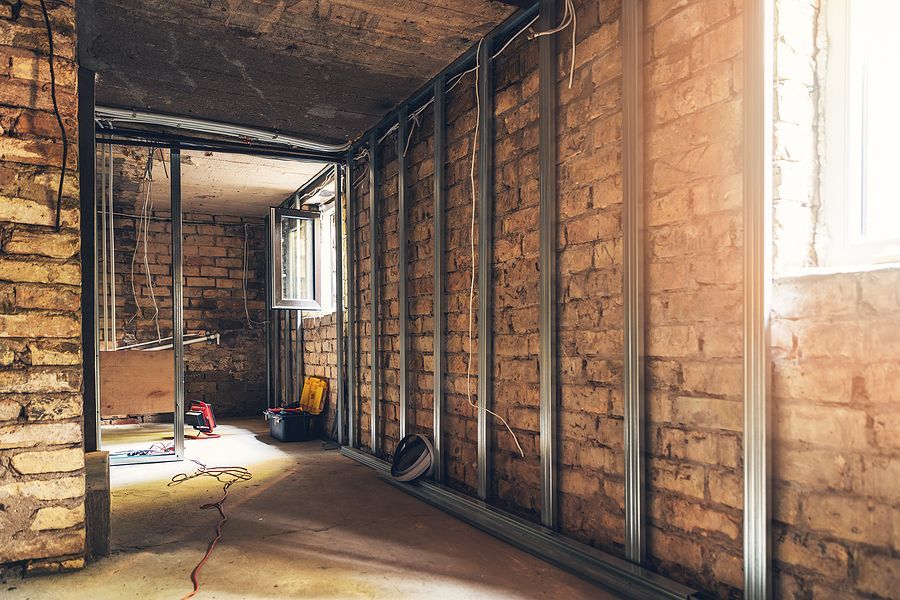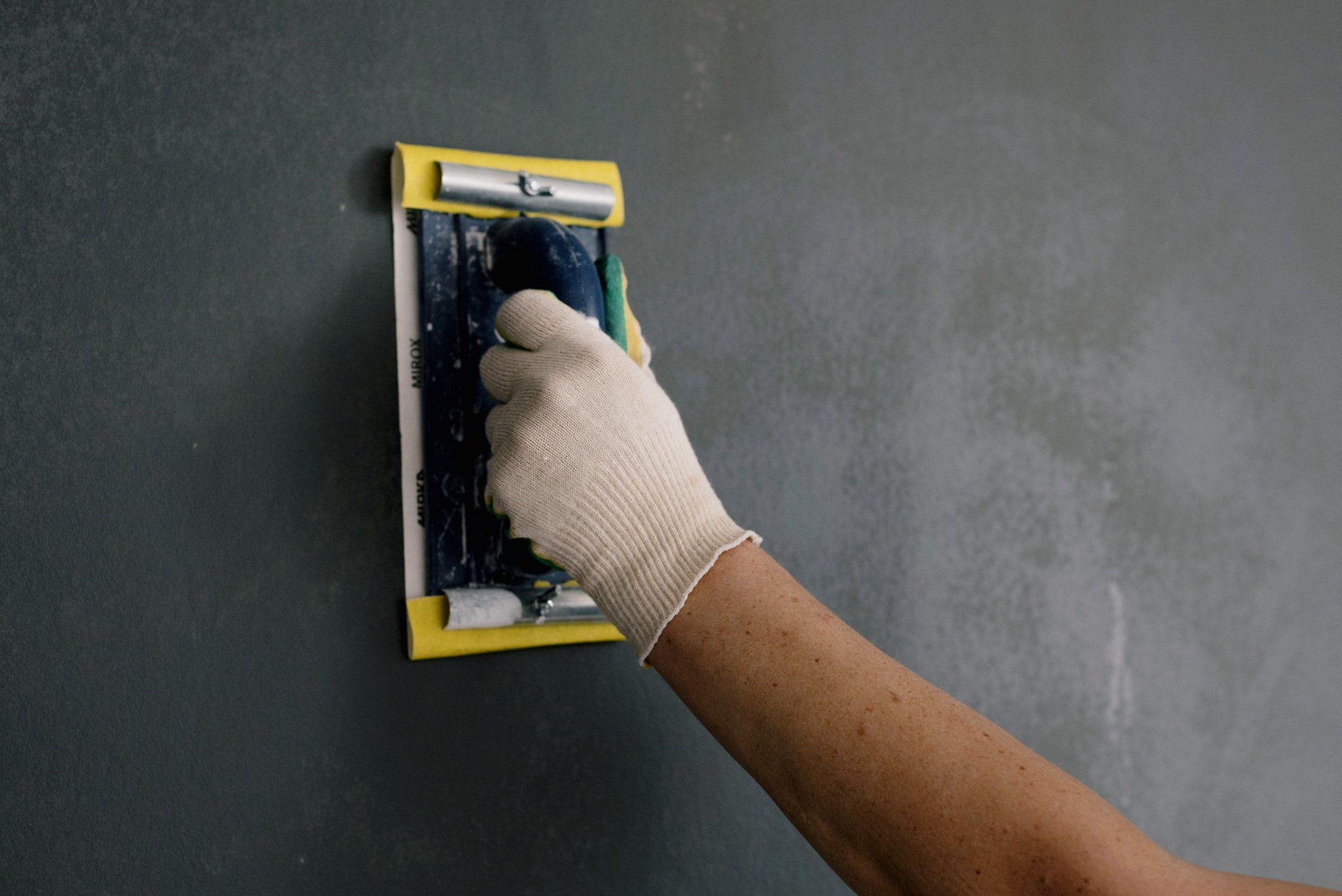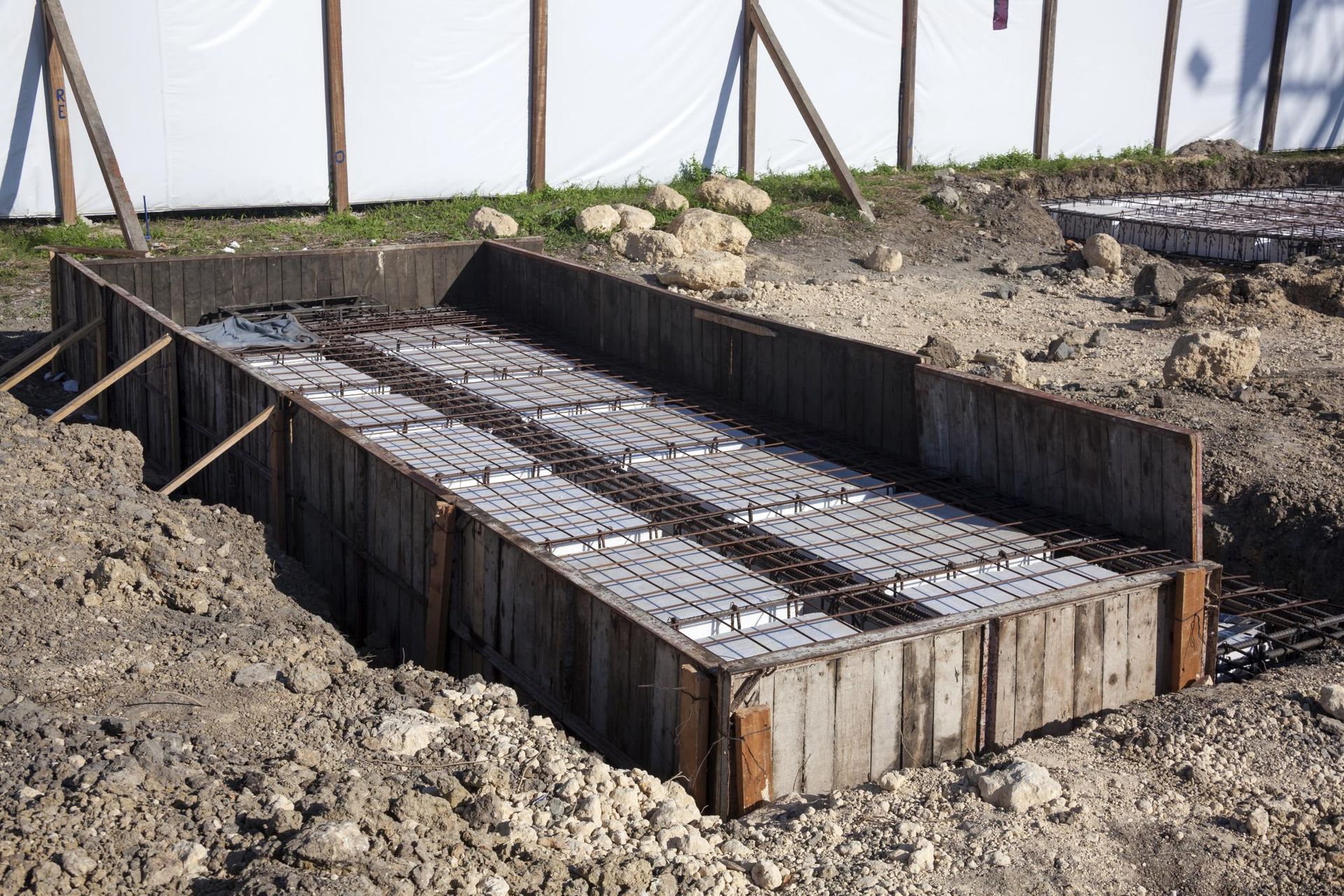The Level Best: Smart Strategies for Foundation Repair and Leveling
Expert Techniques and Solutions for Ensuring a Solid Foundation
In the world of home maintenance and renovation, addressing the stability and integrity of your home's foundation is paramount. A strong foundation is crucial for the safety, longevity, and value of any structure. However, foundation issues can arise due to various factors, including soil conditions, water damage, and natural wear and tear over time. This comprehensive guide will delve into the smart strategies for foundation repair and leveling, ensuring that your home remains on solid ground.
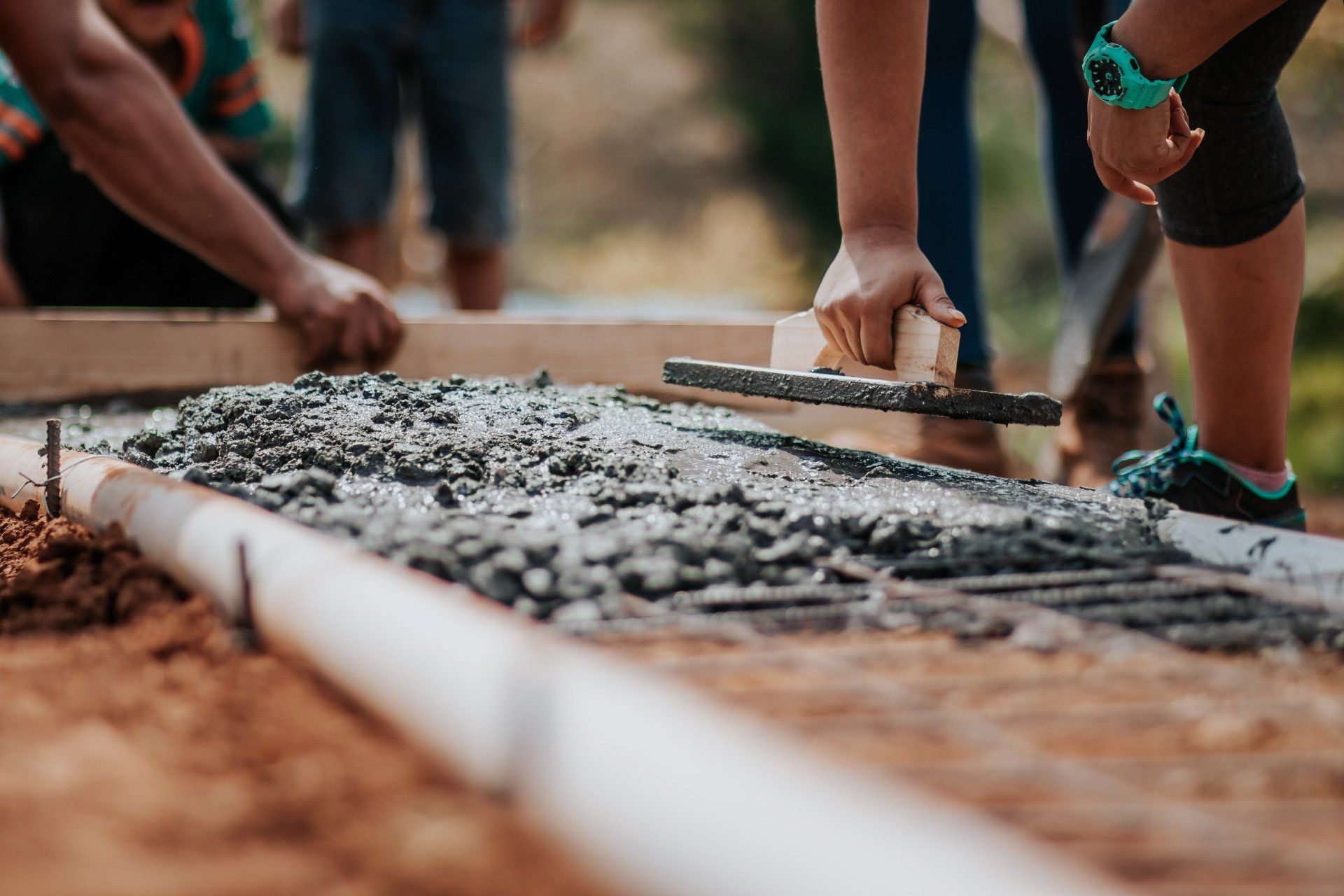
Understanding Foundation Issues
Foundation issues can manifest in several ways, including cracks in the foundation walls, uneven floors, doors that won't close properly, and gaps around window frames. These problems can not only lead to significant structural damage if left unchecked but can also decrease the value of your property. Recognizing the signs of foundation problems is the first step towards addressing them effectively.
Choosing the Right Foundation Repair Company
Selecting a reputable foundation repair company is critical to ensuring that your foundation issues are accurately diagnosed and effectively resolved. Look for companies with extensive experience, positive customer reviews, and a comprehensive approach to foundation repair. The right company will offer a detailed inspection, provide a clear explanation of the issues, and propose a tailored solution that fits your specific needs.
Diagnosing Foundation Issues
A thorough diagnosis by a professional is essential to understand the extent and cause of foundation issues. This may involve a visual inspection, the use of specialized equipment to measure deviations in level, and soil tests to evaluate the conditions that may be affecting the foundation. Accurate diagnosis is crucial for developing an effective repair strategy.
Repair Techniques for Foundation Leveling
There are several techniques for foundation leveling, each suited to different types of foundation issues and soil conditions. Some of the most common methods include:
Piering or Underpinning: This involves driving steel or concrete piers into the ground beneath the foundation to support and lift the structure back to its original level. Piering is especially effective for
deep foundation issues related to unstable soil layers.
Slabjacking or Mudjacking:
For slab foundations, slabjacking is a process where a grout mixture is pumped underneath the foundation to fill voids and raise the slab back to its correct position.
Helical Piers: Similar to underpinning, helical piers are screwed into the ground and used to support and stabilize the foundation. This method is often used for lighter structures or where there is limited access for larger equipment.
Preventative Measures for Foundation Health
Preventing foundation issues is always more cost-effective than dealing with major repairs. Some preventative measures include:
Proper Drainage:
Ensure that water flows away from the foundation to prevent soil saturation and erosion. Installing gutters, downspouts, and proper landscaping can help manage water runoff effectively.
Soil Maintenance: Keeping the soil around your foundation consistently moist can prevent excessive expansion and contraction, which can lead to foundation movement. Soaker hoses or drip irrigation systems can be used to maintain soil moisture levels.
Regular Inspections: Periodic checks for signs of foundation issues can help catch problems early, before they become more serious and expensive to fix.
Conclusion
Dealing with foundation issues can be daunting, but with the right knowledge and a reputable foundation repair company, it's possible to address these problems effectively. By understanding the signs of foundation problems, choosing the right repair method, and taking preventative measures, homeowners can ensure their foundation remains solid and secure. Remember, the foundation of your home is its bedrock, and taking the necessary steps to protect and maintain it is the level best strategy for any property owner.
By implementing these smart strategies for foundation repair and leveling, you can safeguard your home against the risks of foundation damage, ensuring its stability and value for years to come.

